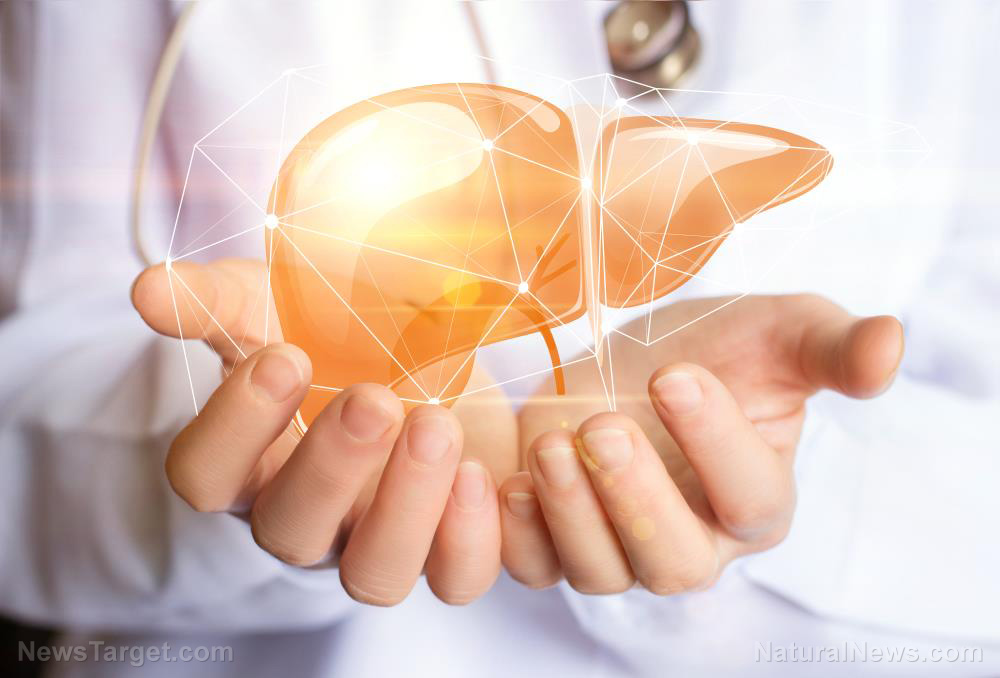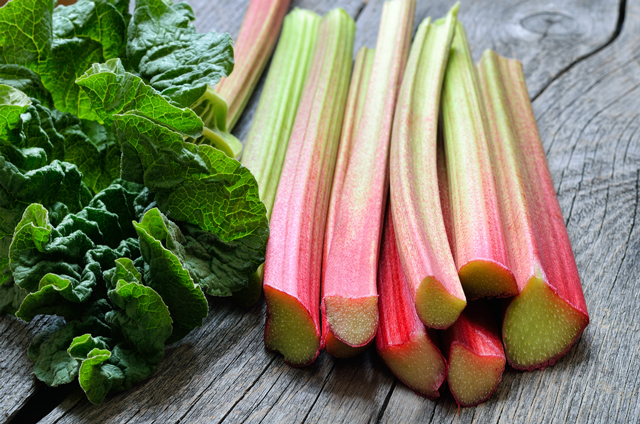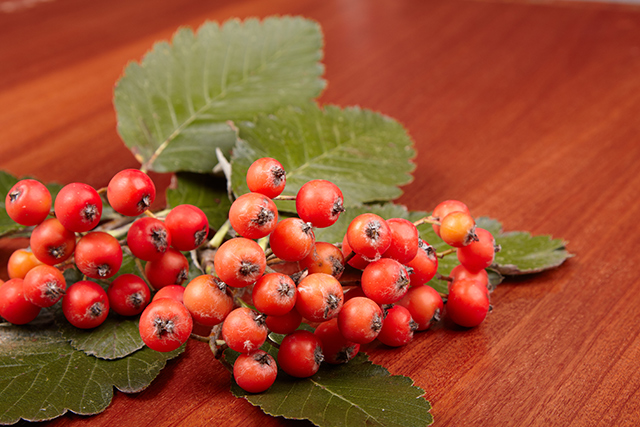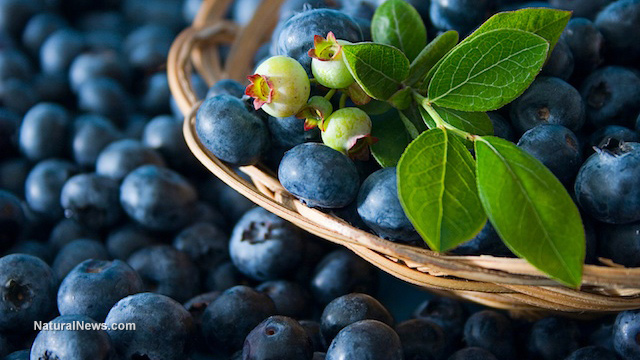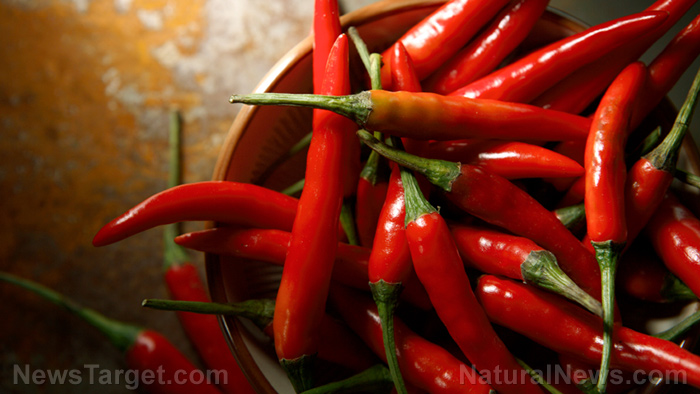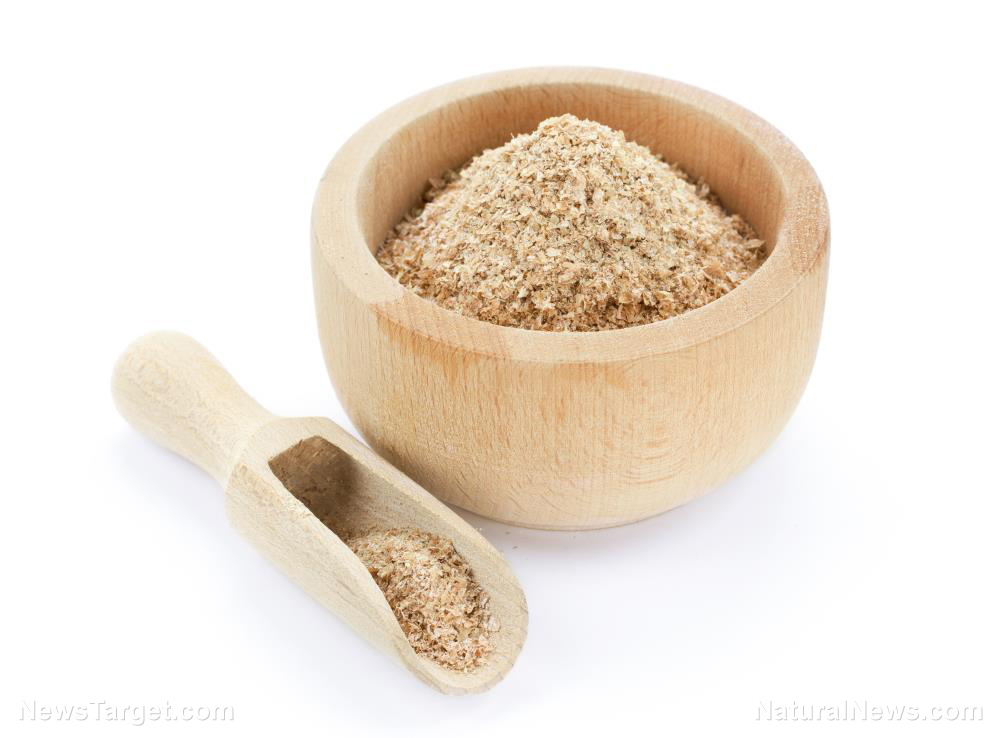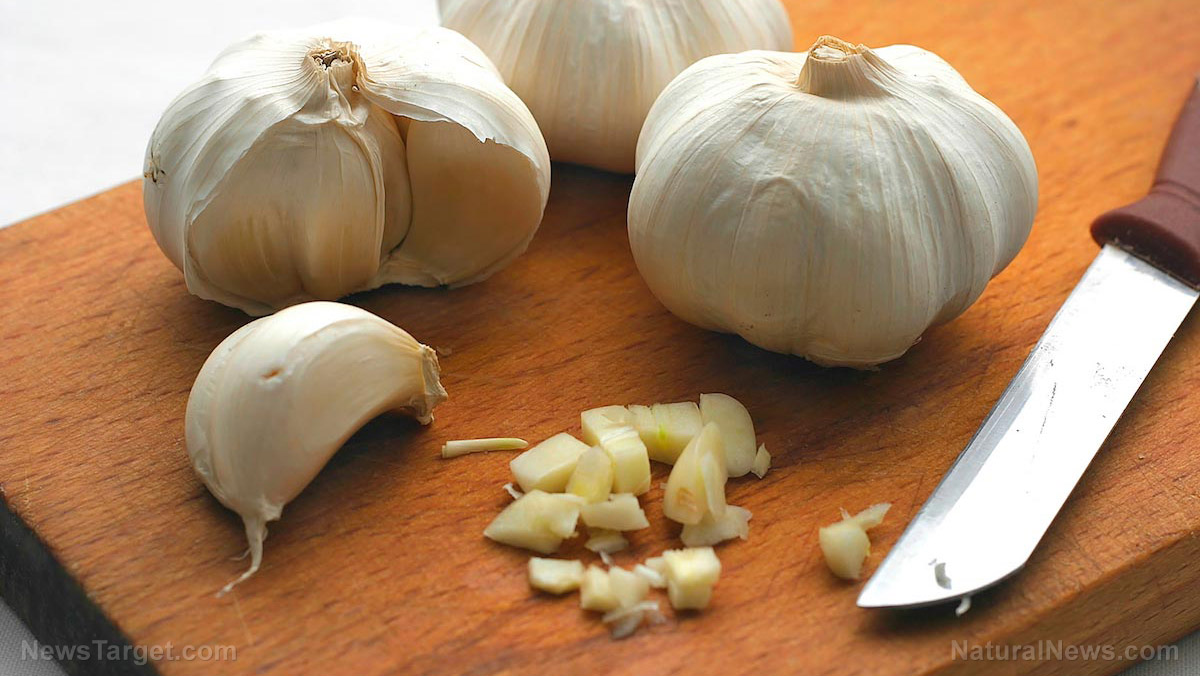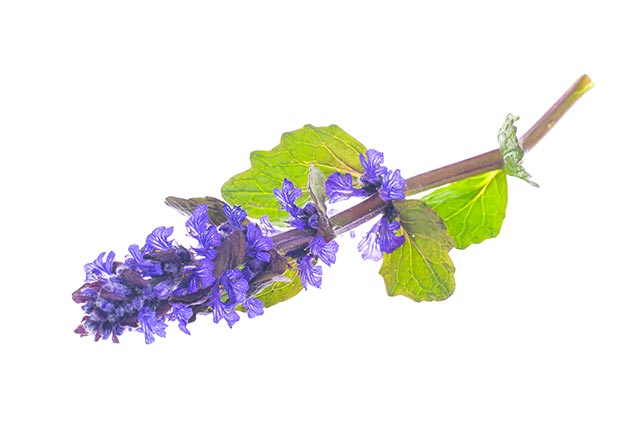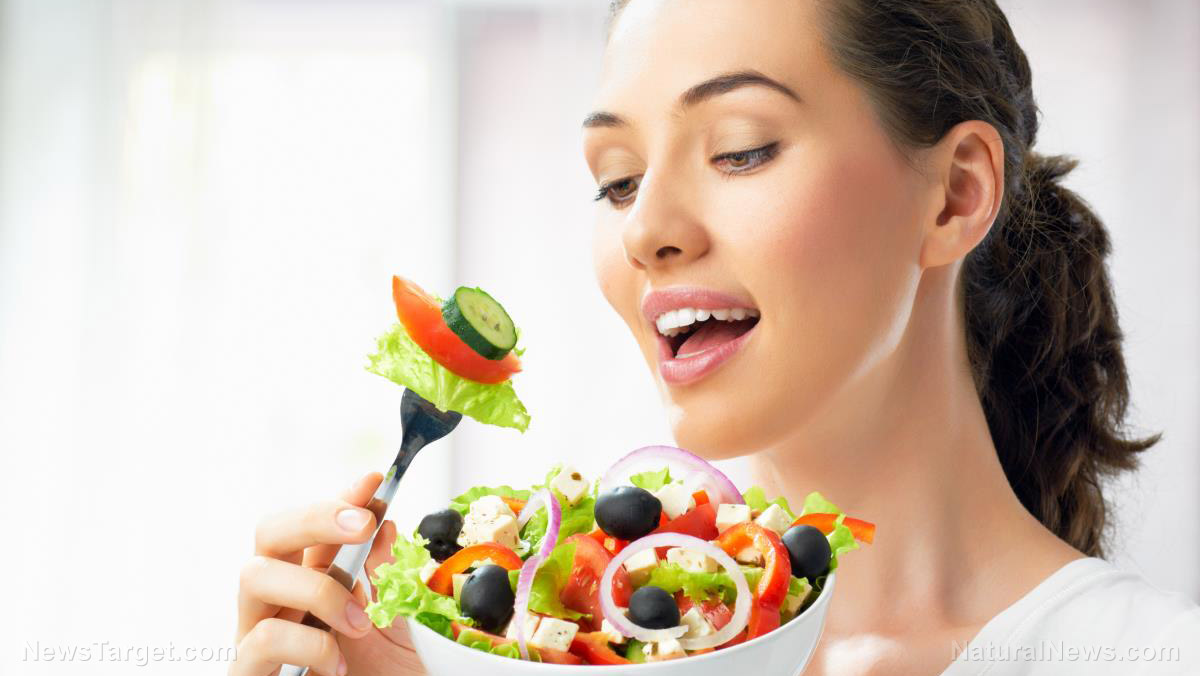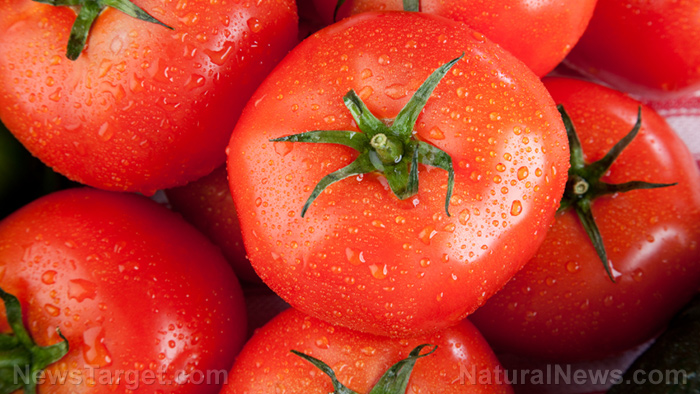6 Tasty and simple ways to add more plant-based protein to your diet
08/21/2018 / By Frances Bloomfield
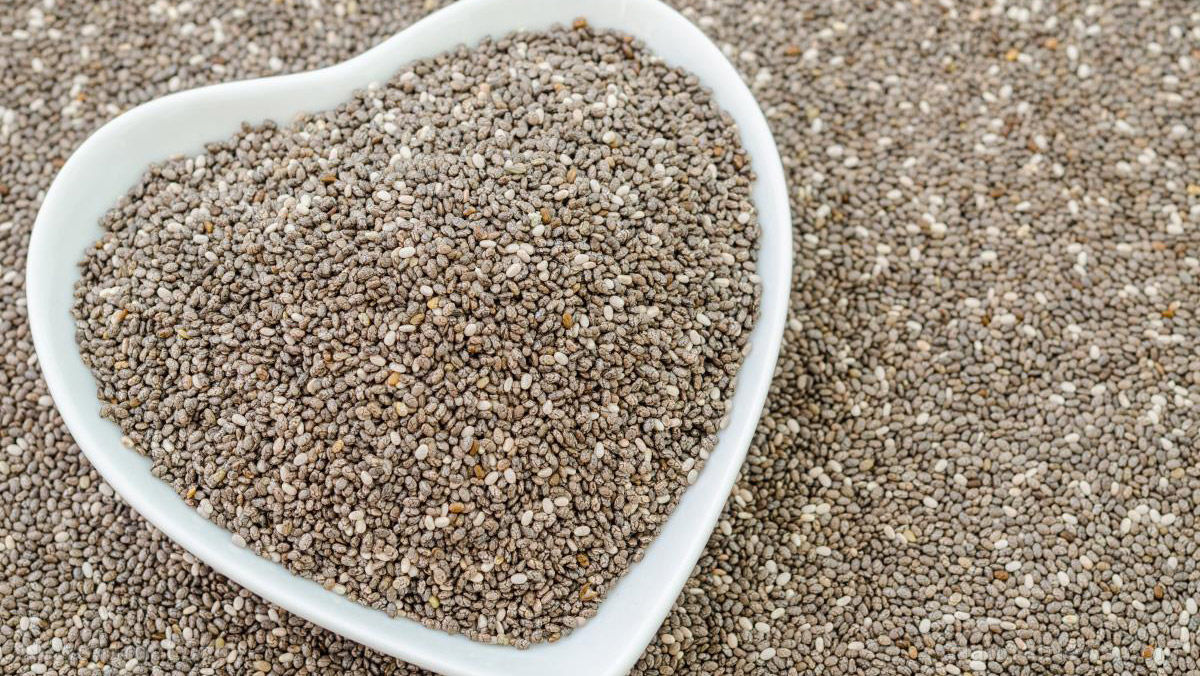
Getting your recommended daily dose of protein is easier than you think. You need not chow down on a big hunk of steak when there are greener options out there. From edamame to potatoes, there’s a wide variety of nutrient-dense vegetables and fruits that can help you meet your nutritional goals. Here are six easy and delicious ways to enjoy plant-based proteins, courtesy of MindBodyGreen.com.
- Try wild rice — If you’ve tried white rice or brown rice, then don’t hesitate to give wild rice a shot. This high-fiber, low-fat grain contains nearly seven grams of protein in a single cup. Considering the average man and woman needs 56 to 91 grams and 46 to 75 grams of protein a day, respectively, a few cups of wild rice a day will do the trick. Plus the nutty taste and chewy texture makes wild rice an absolute joy to eat.
- Try edamame — One cup of cooked edamame is jam-packed with an amazing 22 grams of protein. Feasting on edamame will also fill you up with vitamin K and folate, even more so than their mature soybean counterparts. A good way to load up on edamame is to mix it with avocado, shallots, garlic, and olive oil to create an edamame hummus that does great as a dip and sandwich spread.
- Try nuts and seeds — Give your next bowl of salad an extra crunch by sprinkling it with the nuts or seeds of your choice. Pumpkin seeds, sunflower seeds, and chia seeds will all give you at least five grams of protein with every four tablespoons, as will almonds and cashews. You haven’t truly enjoyed a salad until you’ve bitten down on leafy greens made healthier with nuts and seeds. (Related: Maximize Your Plant Based Protein Intake With These Top 5 Plants.)
- Try homemade dressing and sauce — Why stop at seeds and nuts when you can make your salad even better with homemade dressing or sauce? Because it’s homemade, you have full control over what goes into it and how much. Tahini and peanuts are both protein-rich foods that make excellent salad dressings and sauces.
- Try potatoes — Yes, potatoes are good for you, but only if they are cooked right. Just a bit of salt and oil is needed to make potatoes ready for consumption without sacrificing their nutritional value. A large, baked white potato is chock-full of seven grams of protein, potassium, vitamin B6, and vitamin C. A medium-sized white potato, on the other hand, packs four grams of protein and 20 percent of the recommended daily intake of potassium.
- Try hemp seed smoothies — A tablespoon of hemp seeds contains four grams of protein, not to mention magnesium and omega-3 fatty acids. Mix a tablespoon of blended hemp seeds into your favorite smoothie, and you’ll soon be sipping a tasty smoothie brimming with protein-packed goodness.
Whether you’ve embraced the vegan lifestyle or want to reduce your carbon footprint, cutting down on meat doesn’t mean giving up protein in its entirety. It’s about finding the right balance between quality and quantity, which is important given that protein is essential to our bodies. Aside from assisting our bodies in the production of enzymes, hormones, and neurotransmitters, proteins are also important in making up organs, muscles, and tendons. If you’re planning on gaining and maintaining muscle mass then you need to stock up on protein. For everyone else, protein is still a vital substance that makes daily living a whole lot easier.
Read up on more plants that can do your body good by visiting Veggie.news.
Sources include:
Tagged Under: better diets, food as medicine, food cures, natural cures, nutrition, plant-based protein, protein

